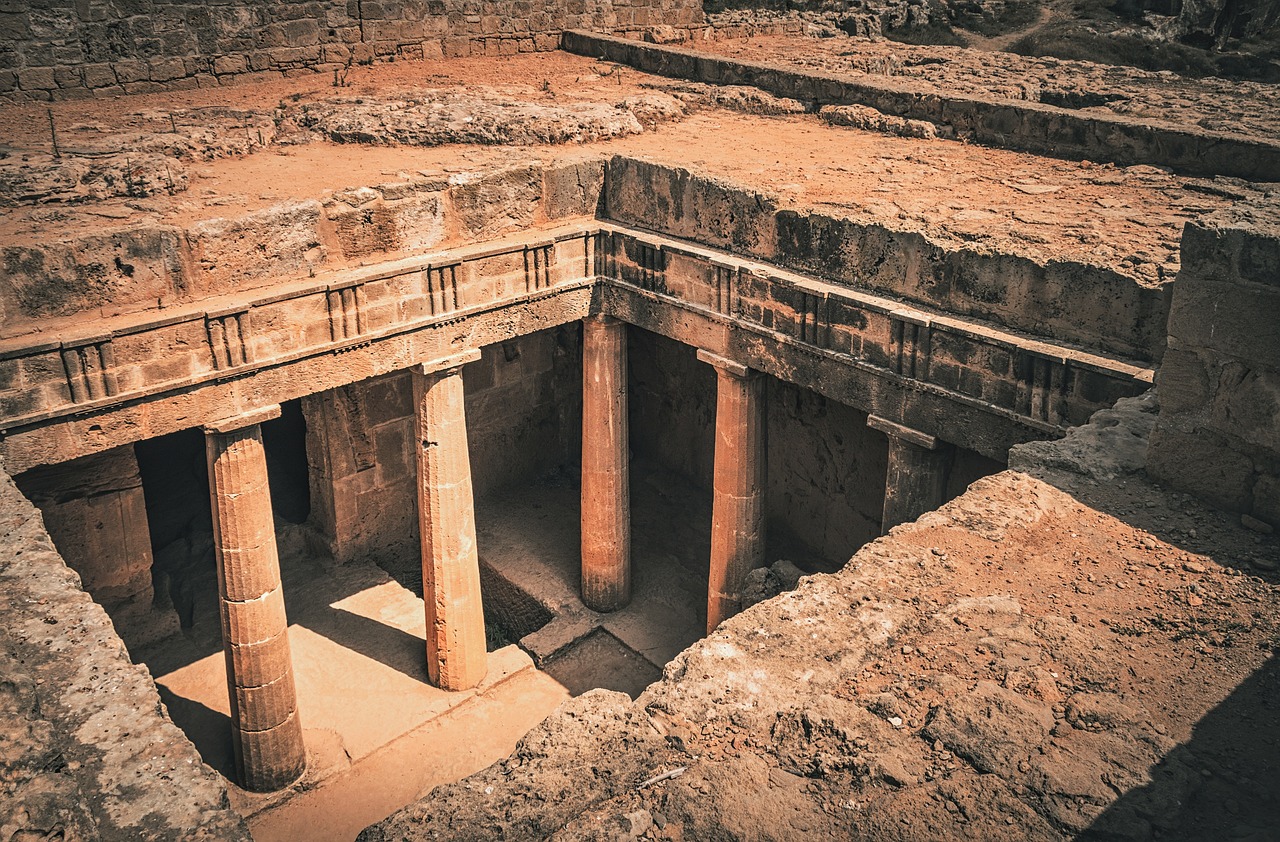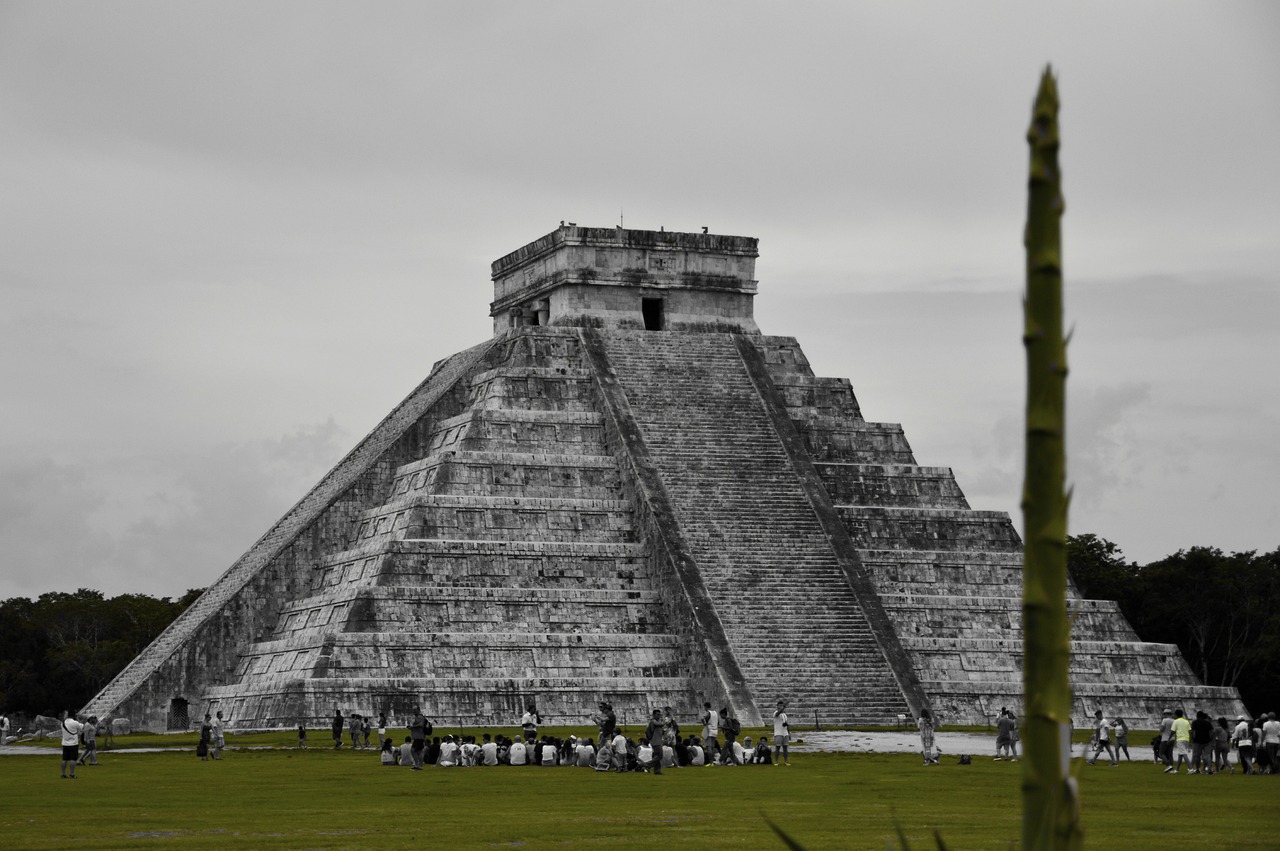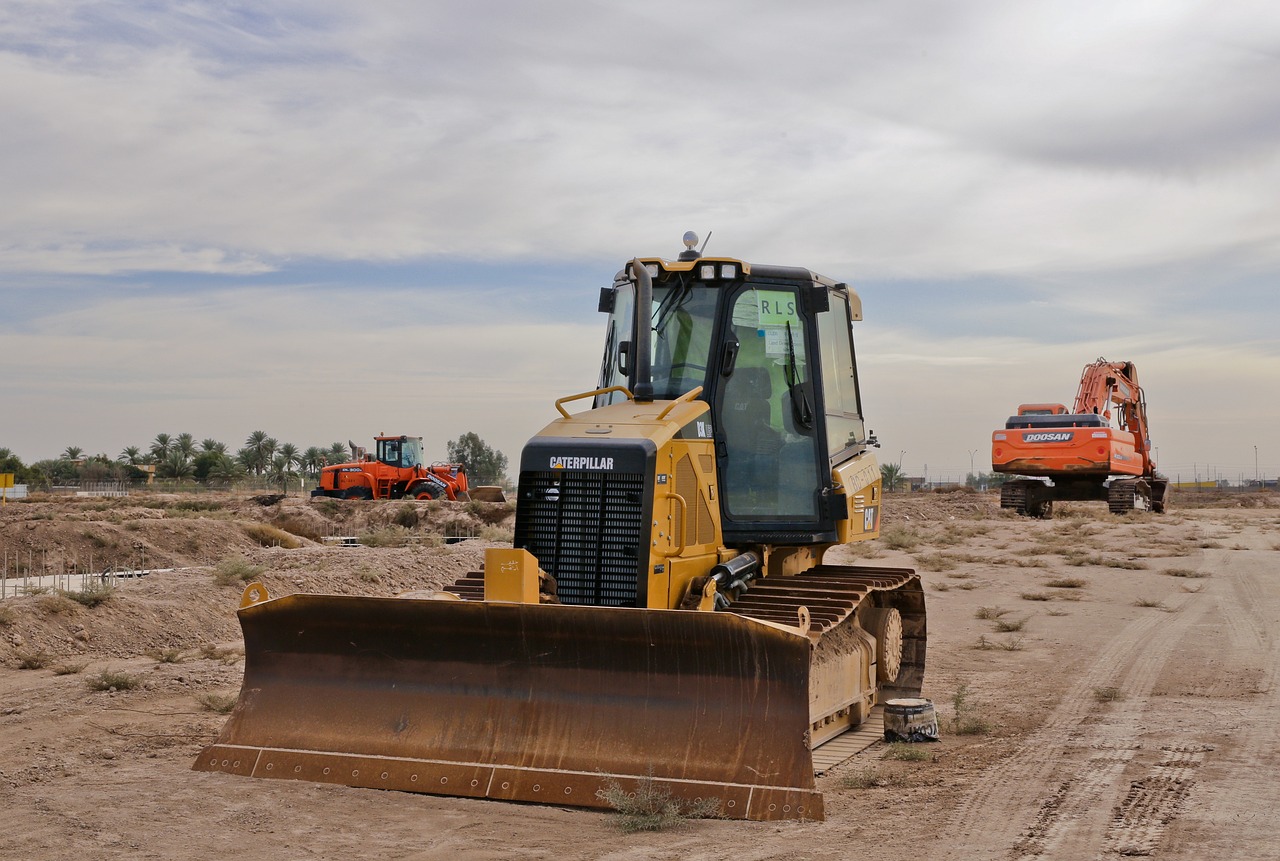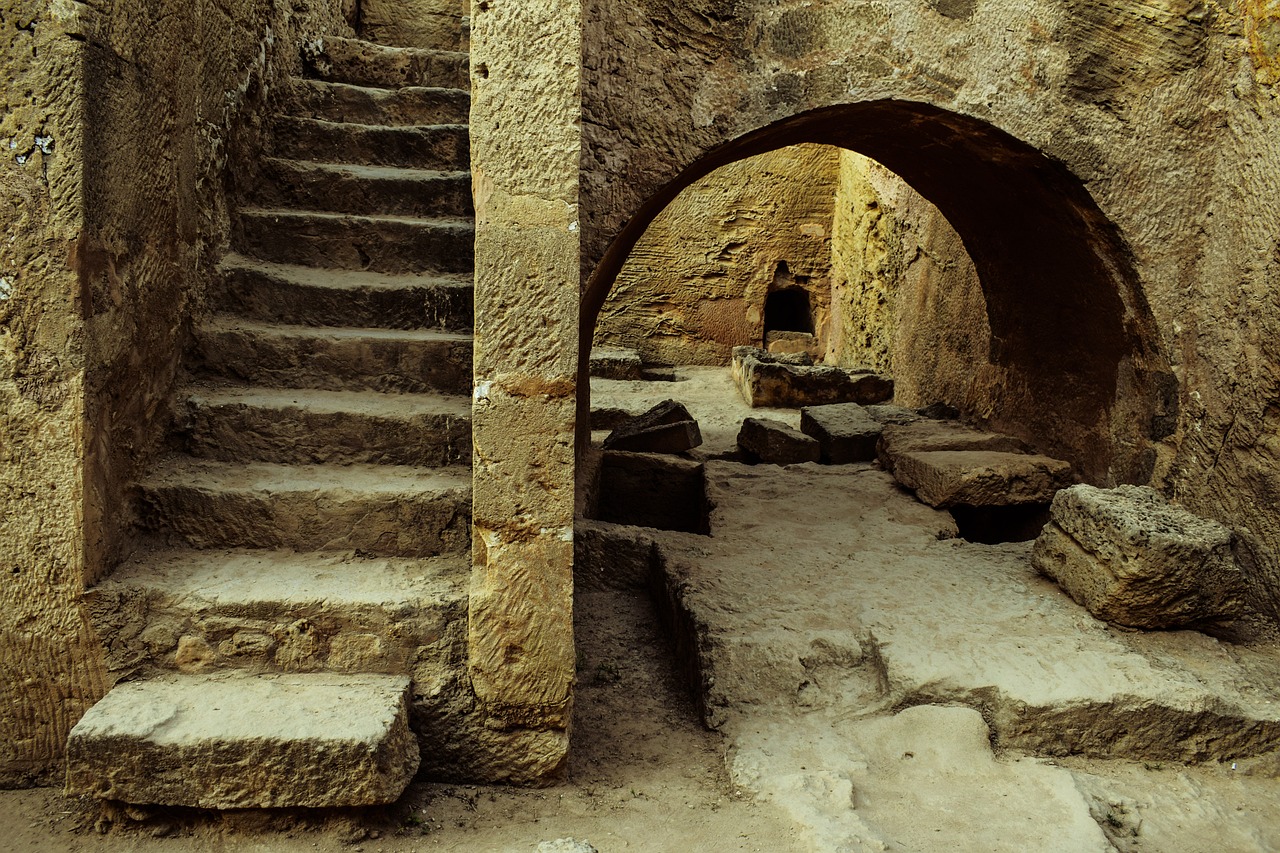The Importance of Field Research in Archaeology
Field research in archaeology is like embarking on a thrilling adventure through time, where every discovery holds the potential to unravel ancient mysteries and shed light on the past. It serves as the backbone of archaeological investigations, offering a direct connection to the remnants of bygone civilizations. Through meticulous excavation, analysis, and collaboration, field research opens a gateway to understanding the evolution of human societies and the rich tapestry of cultural heritage that defines our collective history.

Preservation of Cultural Heritage
Preserving cultural heritage is a paramount objective of field research in archaeology. By meticulously documenting and studying artifacts within their original context, archaeologists contribute to the conservation of ancient sites and prevent the illicit trade and destruction of valuable historical remnants. Through detailed analysis and documentation, field research ensures that the rich tapestry of human history remains intact for future generations to explore and appreciate.

Understanding Ancient Societies
When delving into the realm of understanding ancient societies through field research, archaeologists embark on a fascinating journey back in time. By meticulously excavating and analyzing archaeological sites, these researchers peel back the layers of history to reveal the intricacies of past civilizations. Imagine being a detective solving a centuries-old mystery, except the clues are buried beneath the earth, waiting to be unearthed.
Through the artifacts and remnants left behind by ancient societies, archaeologists can piece together a mosaic of daily life, social structures, and technological achievements. It's like reconstructing a puzzle without a picture guide, relying on fragments of pottery, tools, and artwork to paint a vivid picture of a bygone era. Each artifact is a piece of the puzzle, contributing to a larger narrative of human existence.
Furthermore, field research not only sheds light on the material culture of ancient societies but also offers insights into their belief systems, trade networks, and cultural practices. It's akin to deciphering a cryptic code, unraveling the hidden meanings behind symbols and rituals that have long been forgotten. By studying the material remnants of the past, archaeologists can glimpse into the hearts and minds of our ancestors, bridging the gap between then and now.
Moreover, understanding ancient societies through field research is not just about uncovering facts and figures; it's about connecting with our shared human heritage. It's about recognizing that the challenges, triumphs, and innovations of ancient civilizations have shaped the world we live in today. In a way, each excavation site is a time machine, transporting us back in time to witness the marvels and complexities of societies long gone.

Dating Techniques and Stratigraphy
Field research plays a crucial role in archaeology, providing firsthand data and insights into ancient civilizations. This article explores various aspects of field research and its significance in uncovering historical mysteries.
Field research helps preserve and protect cultural heritage sites by documenting and studying artifacts in their original context, aiding in their conservation and preventing looting or destruction.
By excavating and analyzing archaeological sites, field research allows archaeologists to reconstruct ancient societies, understand their daily lives, social structures, and technological advancements.
Field research involves the use of dating techniques like carbon dating and stratigraphy to establish the chronology of artifacts and sites, providing a timeline of human history and cultural evolution. Stratigraphy, a key method in archaeology, involves studying the layers of soil and sediment to determine the relative ages of artifacts and structures. This method helps archaeologists understand the sequence of events at a site and establish a chronological framework for interpreting the past.
Field research includes mapping and surveying techniques to create accurate layouts of archaeological sites, identify patterns of human activity, and determine the spatial relationships between different features.
Archaeologists employ various excavation methods during field research, such as stratigraphic excavation and grid systems, to systematically uncover and document artifacts, structures, and ecofacts.
Field research involves the analysis of material culture, including pottery, tools, and art objects, to understand ancient technologies, trade networks, artistic expressions, and cultural practices.
Field research often involves interdisciplinary collaboration with experts in geology, biology, chemistry, and other fields to gain a comprehensive understanding of archaeological sites and artifacts.
Field research fosters community engagement and education by involving local communities in archaeological projects, raising awareness about cultural heritage conservation, and sharing research findings with the public.

Mapping and Surveying
Mapping and surveying are essential components of field research in archaeology, providing archaeologists with crucial tools to understand and interpret archaeological sites. Through the use of advanced technologies and meticulous techniques, researchers can create detailed maps and surveys that offer valuable insights into the layout and features of ancient civilizations.
One common method used in mapping and surveying is ground-penetrating radar (GPR), which allows archaeologists to non-invasively scan beneath the surface of the earth to detect buried structures or artifacts. This technology has revolutionized the field of archaeology, enabling researchers to uncover hidden remains without disturbing the site.
Additionally, aerial surveying techniques, such as LiDAR (Light Detection and Ranging), provide a bird's eye view of archaeological landscapes, revealing subtle topographical features that may not be visible from the ground. By combining ground-based surveys with aerial data, archaeologists can create comprehensive maps that showcase the spatial relationships between different elements of a site.
Mapping and surveying also play a crucial role in landscape archaeology, allowing researchers to analyze how ancient civilizations interacted with their environment and utilized natural resources. By mapping out settlement patterns, agricultural systems, and trade routes, archaeologists can reconstruct the economic and social dynamics of past societies.

Excavation Methods
Excavation methods are fundamental in archaeological field research, guiding the systematic uncovering and documentation of artifacts, structures, and ecofacts buried beneath the earth's surface. One common technique used by archaeologists is stratigraphic excavation, where layers of soil and sediment are carefully removed and analyzed to reveal the sequence of human activities over time. This method helps in understanding the chronological order of events and the cultural changes that occurred at a site.
Another essential approach is the use of grid systems during excavations. Archaeologists divide the site into grids to facilitate precise recording and mapping of finds. This method ensures that each artifact's exact location is documented, allowing researchers to reconstruct the spatial relationships between different features accurately. By meticulously recording the provenance of artifacts within a grid system, archaeologists can piece together the puzzle of past human behaviors and activities.
Moreover, the careful documentation of stratigraphy and the context in which artifacts are found is crucial in excavation methods. Understanding the stratigraphic layers helps archaeologists interpret the relative ages of different finds and reconstruct the site's history. By analyzing the spatial distribution of artifacts within different layers, researchers can infer patterns of human behavior, such as settlement patterns, trade networks, and cultural practices.

Analysis of Material Culture
When it comes to delving into the past and unraveling the mysteries of ancient civilizations, the analysis of material culture plays a pivotal role in understanding the ways of life, beliefs, and innovations of our ancestors. Through the meticulous examination of artifacts such as pottery, tools, and art objects, archaeologists can piece together a vivid tapestry of human history and cultural practices.
Material culture serves as a window into the past, offering insights into the technologies employed by ancient societies, the intricate web of trade networks that connected distant lands, and the artistic expressions that reflected their beliefs and values. By studying these artifacts, researchers can decipher the intricate craftsmanship, decipher symbolic meanings, and trace the evolution of cultural practices over time.
Moreover, the analysis of material culture extends beyond mere cataloging and classification. It involves a multidisciplinary approach that integrates scientific techniques such as chemical analysis, microscopy, and radiocarbon dating to unveil hidden stories locked within ancient objects. Through these scientific methods, archaeologists can determine the origins of raw materials, trace the circulation of goods, and uncover the lifestyles of past civilizations with remarkable precision.
Furthermore, the study of material culture is not just confined to academic circles but also resonates with the general public. Museums and exhibitions showcasing archaeological finds bring the past to life, allowing visitors to connect with distant cultures and appreciate the ingenuity of our ancestors. By bridging the gap between the past and the present, the analysis of material culture fosters a sense of shared heritage and cultural identity among diverse communities.

Interdisciplinary Collaboration
Interdisciplinary collaboration is a cornerstone of field research in archaeology, bringing together experts from various disciplines to shed light on the mysteries of the past. Geologists, biologists, chemists, and other specialists work hand in hand with archaeologists to provide a comprehensive understanding of archaeological sites and artifacts. Through collaboration, geologists help in dating rock layers, biologists analyze ancient flora and fauna remains, and chemists determine the composition of artifacts. This multidisciplinary approach enriches the research process, offering diverse perspectives and expertise to unravel the complexities of ancient civilizations.

Community Engagement and Education
Community engagement and education are integral aspects of field research in archaeology. By involving local communities in archaeological projects, researchers not only foster a sense of ownership and pride in cultural heritage but also benefit from the invaluable knowledge and insights that community members possess. Through collaborative efforts, a deeper understanding of the significance of archaeological sites is achieved, transcending academic circles and resonating with the broader public.
Engaging with local communities also serves as a means of raising awareness about the importance of preserving cultural heritage. By actively involving residents in the excavation and preservation processes, archaeologists create a shared responsibility for safeguarding historical sites and artifacts. This collaborative approach not only enhances the protection of archaeological resources but also promotes sustainable tourism practices that respect and celebrate the past.
Furthermore, community engagement in field research provides opportunities for educational outreach. By organizing workshops, lectures, and guided tours for schools and interested individuals, archaeologists can inspire a new generation of history enthusiasts and conservation advocates. Through interactive experiences and hands-on activities, the public gains a deeper appreciation for the complexities of archaeological work and the rich tapestry of human history.
Frequently Asked Questions
- What is the role of field research in archaeology?
Field research in archaeology is essential for gathering firsthand data and insights into ancient civilizations. It involves conducting excavations, surveys, and analyses to uncover historical mysteries and understand the past.
- How does field research contribute to the preservation of cultural heritage?
Field research helps preserve and protect cultural heritage by documenting artifacts in their original context, aiding in conservation efforts, and preventing looting or destruction of valuable historical sites.
- What dating techniques are used in field research?
Archaeologists use various dating techniques like carbon dating and stratigraphy to establish the chronology of artifacts and sites, providing a timeline of human history and cultural evolution.
- Why is interdisciplinary collaboration important in field research?
Interdisciplinary collaboration with experts in geology, biology, chemistry, and other fields is crucial in gaining a comprehensive understanding of archaeological sites and artifacts, combining diverse expertise for a holistic analysis.
- How does field research engage with local communities and promote education?
Field research fosters community engagement by involving local communities in archaeological projects, raising awareness about cultural heritage conservation, and sharing research findings with the public to promote education and appreciation of history.


















